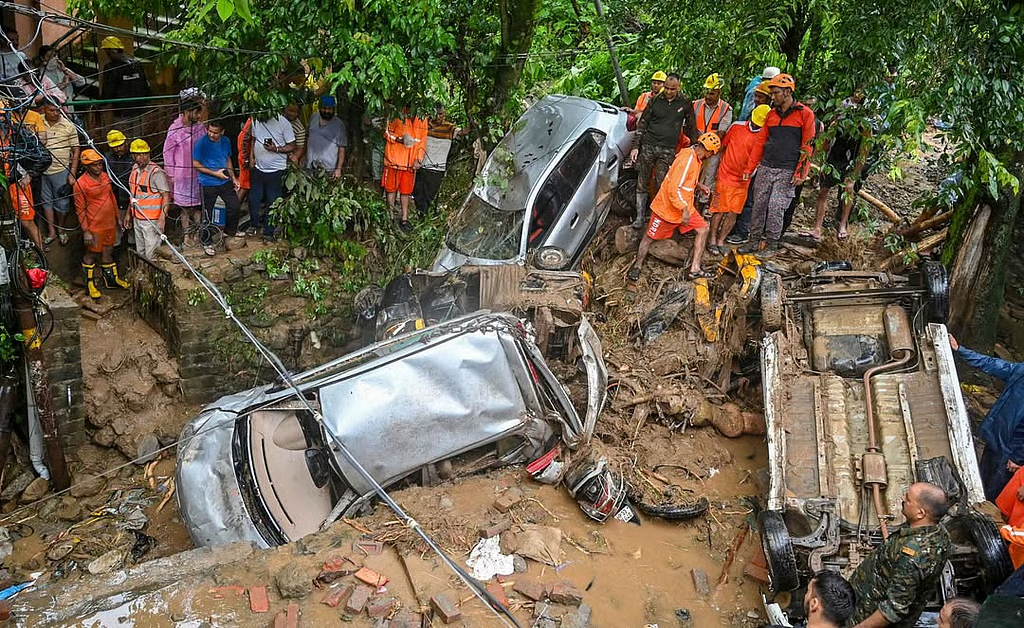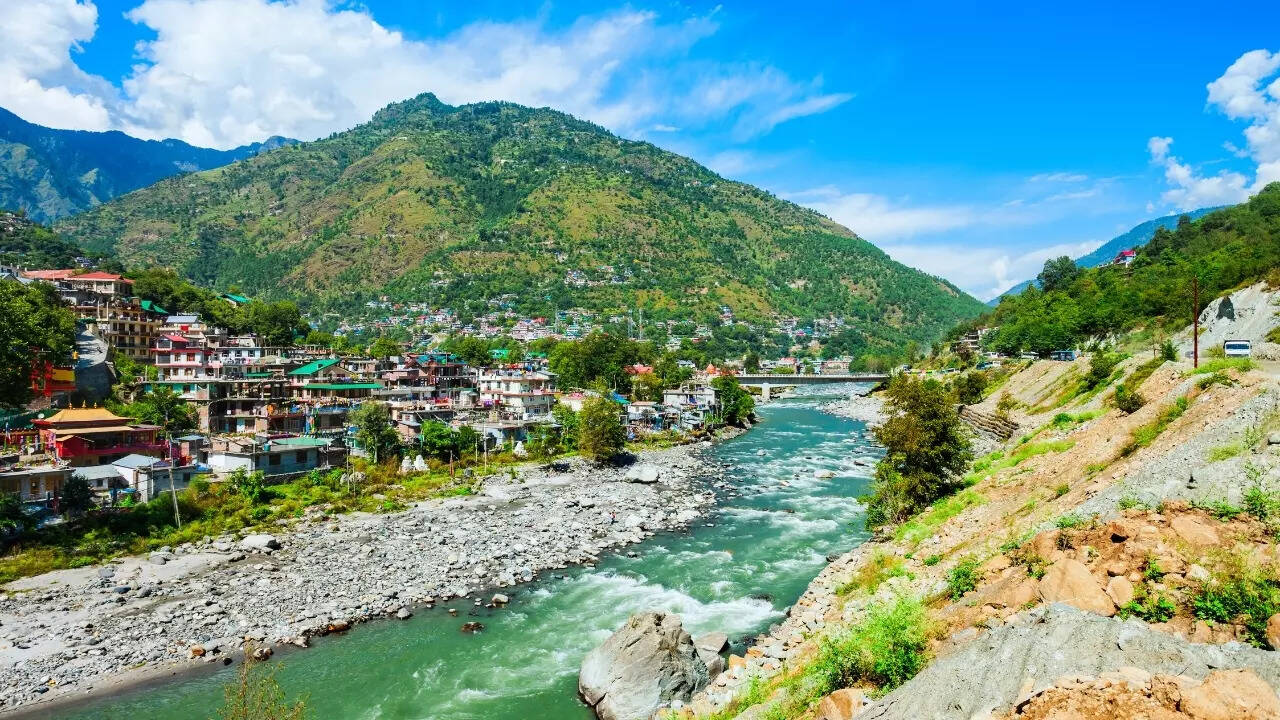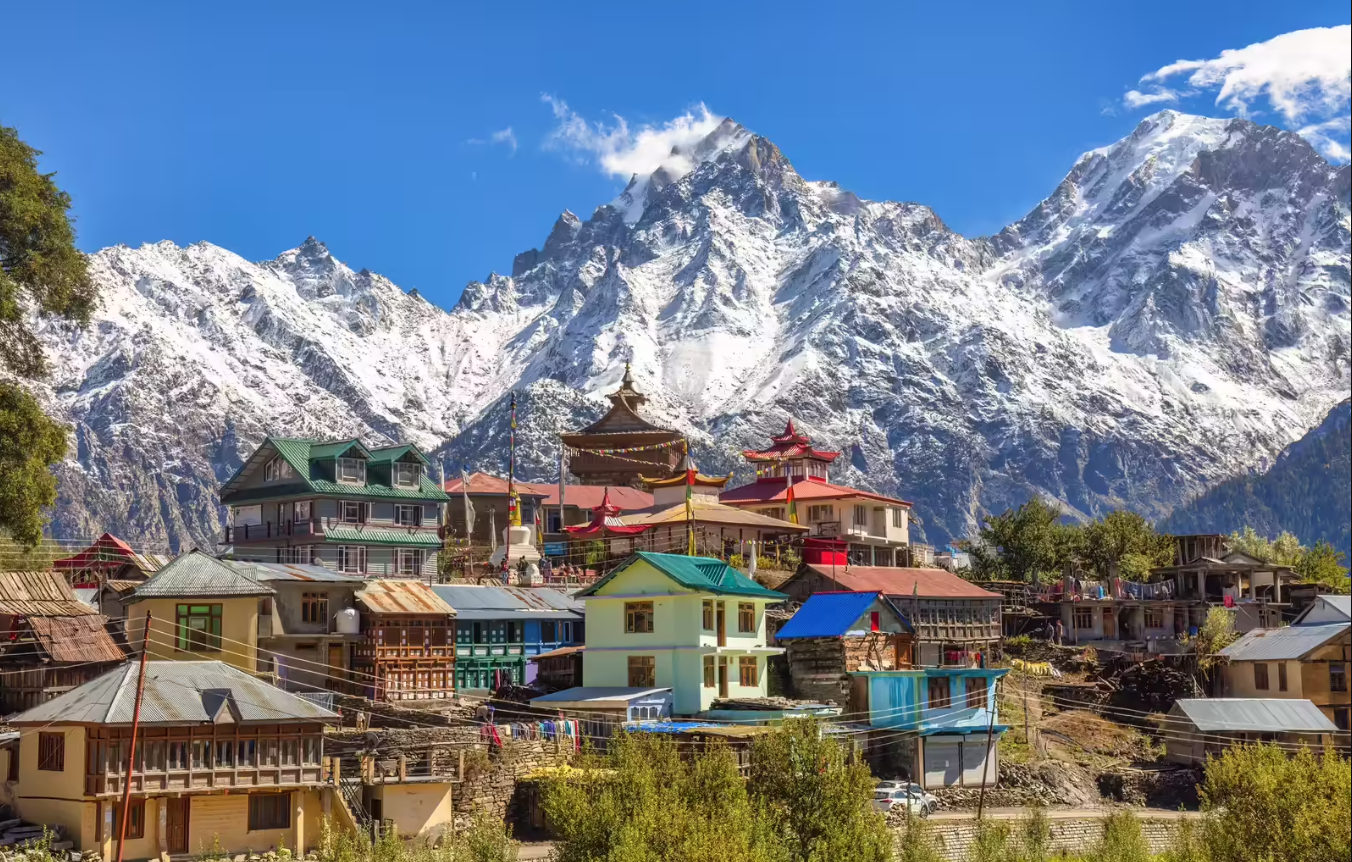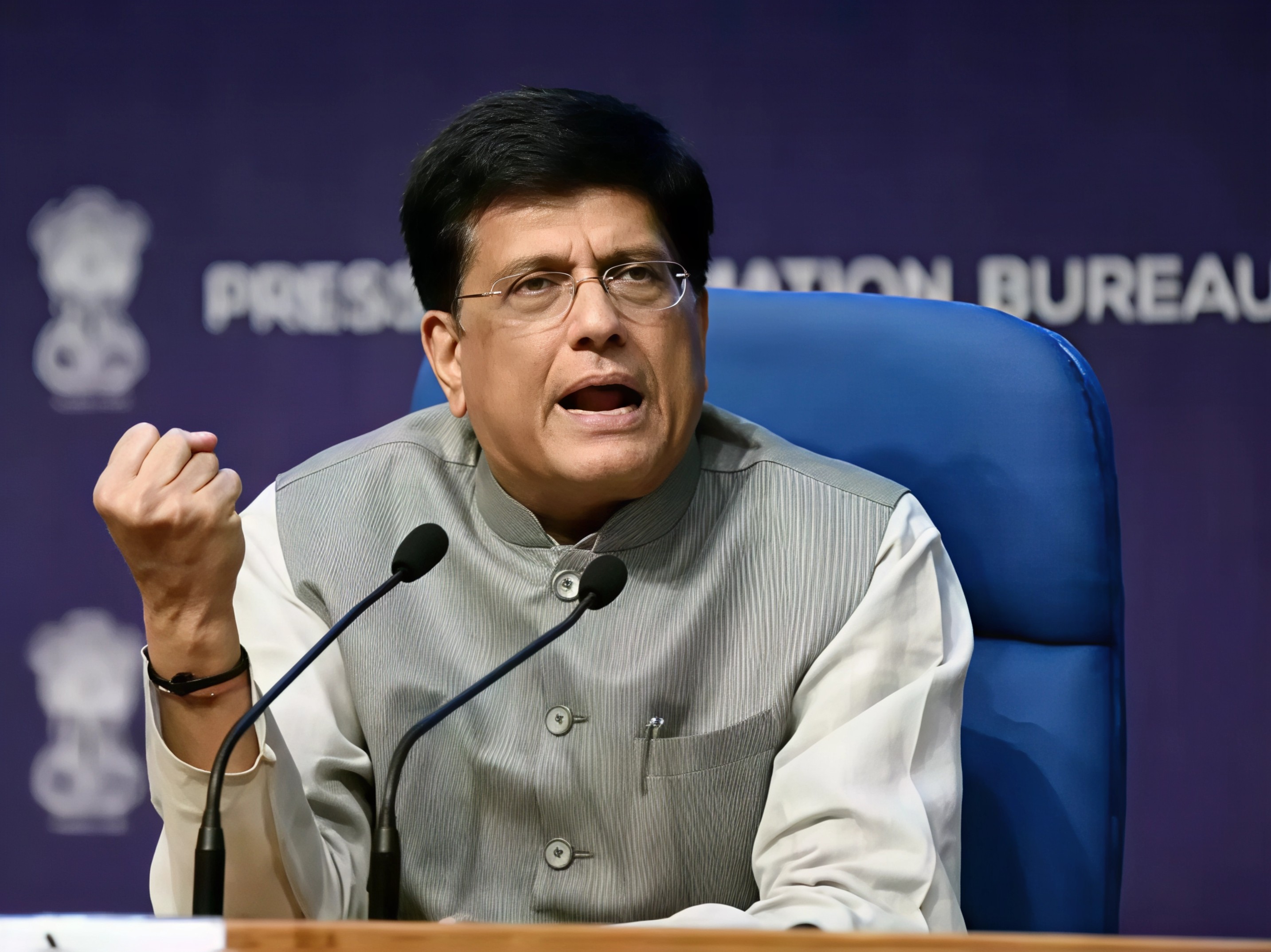Himachal Pradesh, one of India’s most loved hill destinations, is undergoing a major shift in the way it plans to manage and promote tourism. The Union government has recently approved 271 eco tourism sites across the state, with 11 already allotted and 77 more in the pipeline. The move signals a new chapter for Himachal, one that seeks to combine growth and sustainability while preserving the region’s unique natural charm.

Deputy Chief Minister Mukesh Agnihotri revealed that eco tourism activities have already begun to generate significant revenue. In 2024, seven eco tourism sites earned the state 2.36 crore rupees, and 28 more sites expected to bring in around 5 crore rupees will be allotted soon. Activities such as camping, nature trails, and forest park visits have helped the state earn nearly 3 crore rupees annually, showing that eco tourism can be both financially rewarding and environmentally conscious.
The conversation around eco tourism was reignited in the state assembly during a debate on a private resolution calling for a permanent policy. Legislators across party lines voiced their support, while also raising important concerns about natural disasters like cloudbursts and landslides that regularly disrupt tourism. Many argued that tourist numbers must be carefully balanced with the carrying capacity of destinations to avoid overburdening fragile ecosystems.

Local participation emerged as a key theme in the debate. Lawmakers stressed that eco tourism projects must involve communities at the grassroots level. Engaging locals would not only make projects more sustainable but also ensure that the benefits of tourism are shared widely. The younger generation was also highlighted as a driving force, with examples of how youth enthusiasm has already made activities like paragliding immensely popular. Their creativity and energy could be crucial for expanding eco friendly tourism opportunities in the future.
Several legislators emphasized the vast potential of water based tourism. Himachal Pradesh is home to many reservoirs, including the iconic Gobind Sagar dam, which could become a hub for water sports and adventure activities. By adding water sports to its offerings, the state could diversify its appeal and draw more tourists seeking new experiences.
The debate also brought to light environmental concerns such as the illegal trade of herbs like kasmal roots, which contributes to soil erosion and threatens ecological stability. Leaders warned that unchecked exploitation of natural resources could undermine Himachal’s long term appeal as a sustainable travel destination.

Another key point of discussion was infrastructure. Lawmakers stressed that better roads and improved connectivity are vital to handle the increasing tourist influx. With visitors already outnumbering the state’s population, seamless travel experiences will be necessary to ensure that tourism growth does not come at the cost of visitor satisfaction or local convenience.
Ultimately, there was agreement that Himachal Pradesh stands at a turning point. By investing in eco tourism, water sports, community driven projects, and reliable infrastructure, the state has the potential to secure a stronger financial future while preserving the beauty of its mountains, rivers, and valleys. The new tourism approach aims to create opportunities for local communities, attract adventure seekers, and safeguard the environment all at once.
Follow Travel Moves on Instagram and Facebook for more updates on the changing face of travel in Himachal Pradesh and beyond.








